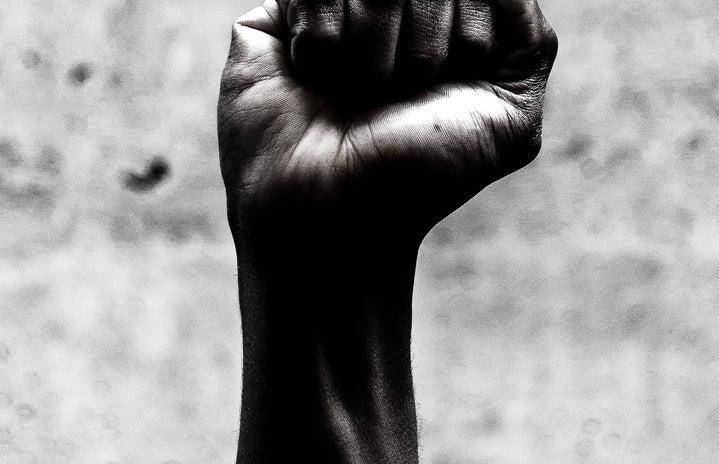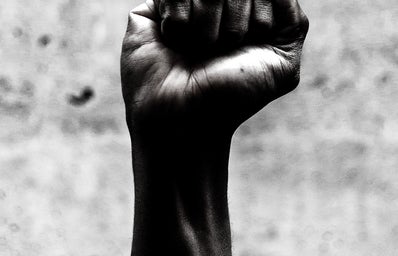In Lui of going to Disco Dodge, the 1970’s themed dance here at Wells that has been revived this semester, I decided to share about the 1970s “House Balls” of the Black and Latinx gay, trans and queer population. Here, the world of drag pageantry, which often favored white contestants, evolved into competitions that spanned a variety of categories, including “vogue” battles.
All these events can trace their origins as far back as the late 1800s -but took off with the proper credit in the early 1970s. Harlem’s ‘Hamilton Lodge (Number 710)’ hosted regular drag balls during the post-Civil War era. Attendees varied in race, gender, and sex—with some women taking part by wearing men’s clothes— but the main attractions were ‘female impersonators’ who showed off their gowns and bodies to a panel of judges in typical pageant fashion of the time. As these balls continued for decades, they grew in popularity—and notoriety. By the early part of the 20th century, drag balls were considered Illegal to the outside world. That drove the competitions underground (and undoubtedly added to their appeal); according to the New York Public Library, spectators for drag balls expanded from “a few courageous spectators” in the 1800s to thousands by the 1930s.
The growing freedom and expression of Black culture during the Harlem Renaissance also fueled the drag balls. The era not only allowed African American artists—from painters and authors to dancers and musicians—to experiment with and reinvent their crafts, it also saw famous Black artists explore topics of gender, sex, and sexuality like never before recorded.
Although drag balls were interracial at the Hamilton Lodge, prejudices were still at play. Judges generally favored white features. It wasn’t until 1936—69 years after their first ball, with an attendance of 8,000 spectators- that a Black contestant took home the top prize for the first time.
From its inception, ballroom houses offered security for Black and Latinx queer, gay and trans people. These houses became more like families than teams, led by house “mothers” or house “fathers” to guide and groom their home “children” for the world.
According to Roberson, House ballroom further differentiated from drag balls in 1973, when Erskine Christian became the first gay man to compete. This signified a shift from trans women and female-presenting people in house ballrooms to the inclusion of gay men and male-presenting people in houses and house ballrooms. Instead of the pageant-style competition in drag balls, house balls held competitions between houses by categories. Categories range from the face (the judging of a house members’ beauty) to the body (the appreciation of a house members’ curves), to the runway, to performances including vogue.
This is an essential part of Queer History and should be discussed way more!


